The Romans began their entry into the whole Iberian peninsula by the Ampurdán. From here they spread throughout Spain. However, some of them saw that this region of the Costa Brava offered an excellent quality of life and settled here.
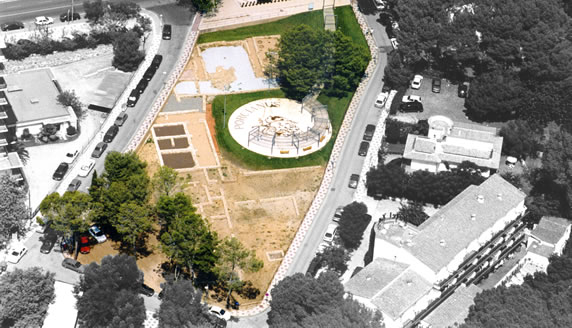
Villa Romana de Pla de Palol, in Platja d'Aro, Girona, Costa Brava, Spain
And today we discover one of the most important Roman colonies on the Costa Brava. It’s the Vila Romana de Pla de Palol, about 10,000 m2. Despite being known since 1876 is not until 1959 when the first excavations were conducted. In 1984 works where accelerated to be shown to the public finally in 1998.
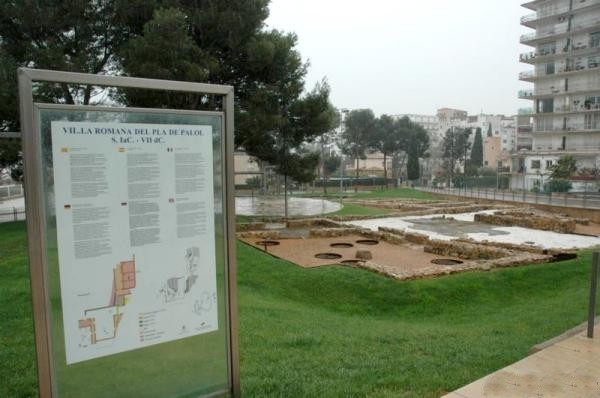
This panel explains visitors the history of this ancient roman settlement in the place known as Pla de Palol, in Platja d'Aro, Spain
What we know today of these Roman buildings? These buildings were occupied between the first century B.C. and VII. We know about the existence of thermal baths, a sign that this Vila had a residential component. We also have many proofs of the economic activity that took place in Pla de Palol. In particular it was a wine factory center and even this wine was exported to the rest of the Empire. We also know that a man called Porcianus was important in this industry.
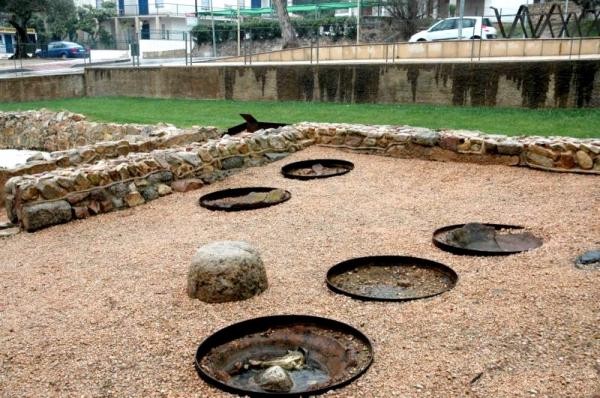
The ancient villa still keeps the ancient silos where products were stored
From the architectural point of view the town is organized around two or three large terraces and baths. Around them wine, oils, and cereals stores have been found. Also clay was extracted in the area to make pottery, another craft activity that lasted longer in the Ampurdán. All these products were exported abroad from the nearby natural harbor of Cala Rovira.
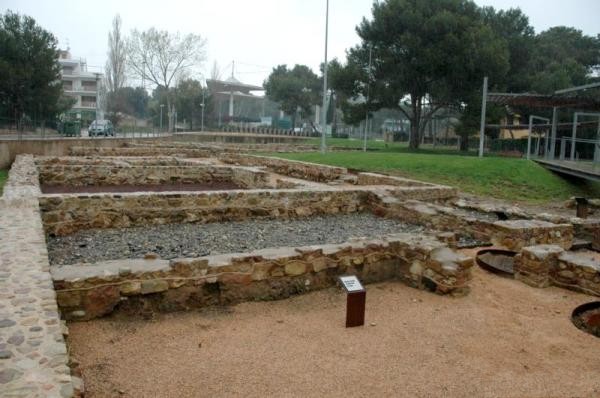
Terraces and termae are the most common rooms found in Villa Pla de Palol, Platja d'Aro, Costa Brava
You can visit this interesting roman archeological settlement through the visits organized by the Platja d’Aro Tourist Office. It’s an excellent oportunity to learn in situ about the roman roots of the Costa Brava.
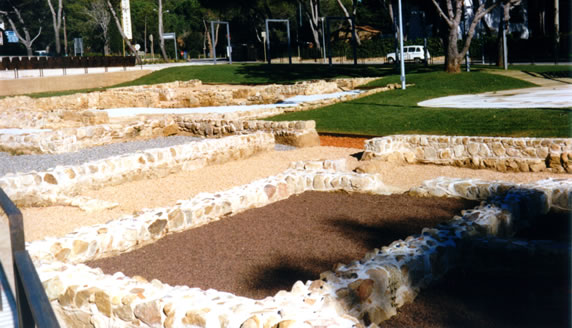
Platja d'Aro Tourist Office organizes visits to the Pla de Palol Roman Villa that helps us understand the context of this important settlement







